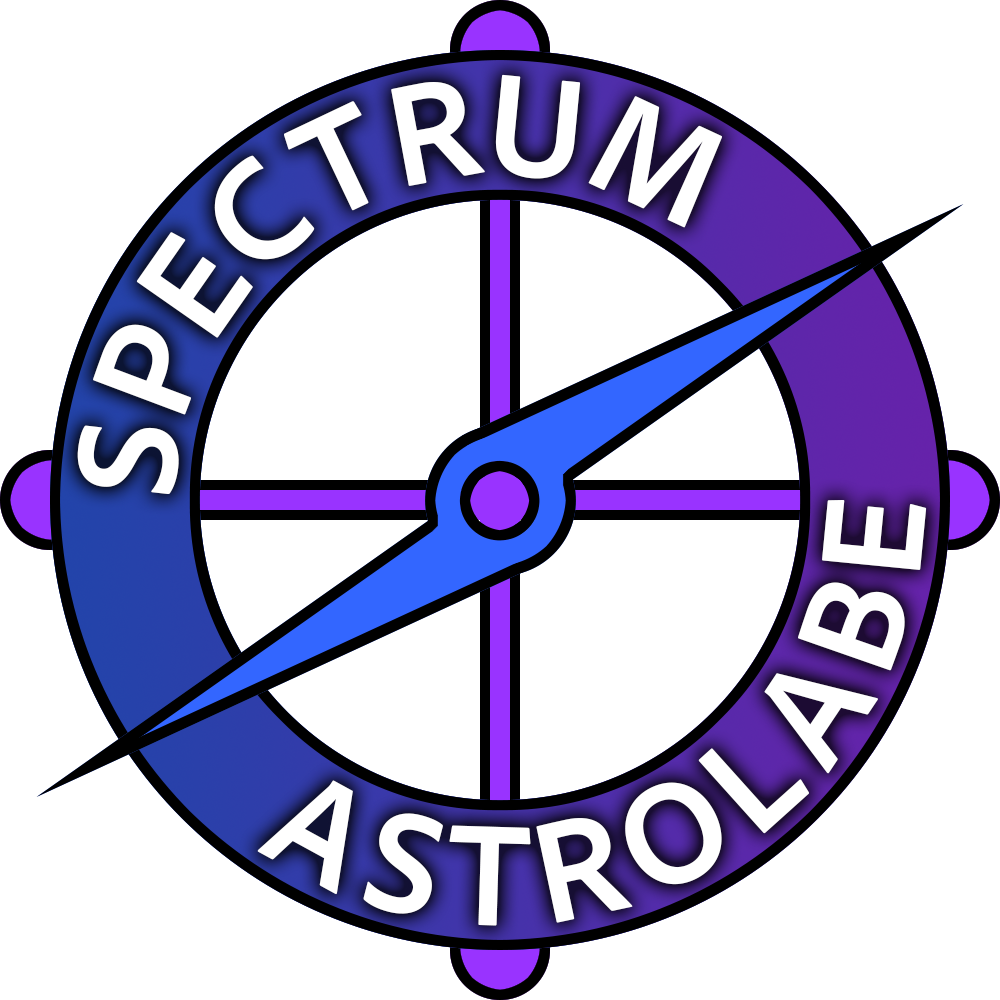When it comes to autism spectrum disorder (ASD), families and clinicians are often left wishing for more than just behavioral therapies. While these approaches can help, they don’t touch the root biological causes that science is only beginning to untangle. Enter Telomir-1-a new drug candidate that’s got researchers raising their eyebrows and, maybe, their hopes.
What’s the Big Idea with Telomir-1 and Autism?
Telomir-1 isn’t your run-of-the-mill supplement or therapy. In recent lab studies, it’s shown the ability to reverse several key signs of cellular decline in human cells. Why does that matter for autism? Because kids and adults with ASD often have a tangle of underlying cellular issues, including:
- Shortened telomeres: These are the protective caps on our DNA, and they tend to be shorter in people with autism, which can speed up cell aging.
- Mitochondrial dysfunction: The cell’s energy factories don’t work as well, leading to fatigue and possibly contributing to brain differences seen in ASD.
- Elevated oxidative stress: Too many reactive oxygen species (ROS) can damage cells, DNA, and even brain tissue.
- Calcium imbalance: When calcium signaling goes off the rails, it can disrupt communication between brain cells.
- Toxic metal buildup: Excess iron and copper can ramp up oxidative stress and further damage cells.
Telomir-1 tackles all of these at once, at least in a petri dish. The drug improves cell survival, boosts mitochondrial function, reduces oxidative stress, restores calcium balance, and shields cells from metal-induced toxicity.
Why Is This a Big Deal for Autism?
Let’s not sugarcoat it: right now, there are zero FDA-approved drugs that target the cellular biology of autism. Most treatments focus on managing behaviors, not fixing what’s happening inside the cells. Telomir-1’s approach is different. It aims to restore balance to several core cellular systems that are out of whack in ASD.
Here’s what makes this approach unique:
- Multi-pronged attack: Instead of just going after one problem, Telomir-1 works on several cellular fronts at once.
- Addresses root causes: By targeting things like mitochondrial dysfunction and oxidative stress, it could (in theory) help with the biological drivers of autism, not just the symptoms.
- Potential for disease modification: If these cellular issues truly drive ASD, then fixing them might change the course of the disorder-not just mask its effects.
A Few Words of Caution
Don’t get ahead of yourself-these findings are still in the early stages. All the data so far comes from lab-grown human cell lines, not from real people with autism. Drug development is a marathon, not a sprint, and many promising compounds stumble before reaching the finish line.
Still, the science behind Telomir-1 lines up with what researchers know about autism’s cellular underpinnings. The drug’s ability to improve cell health under stress is especially promising, since chronic cellular stress is a common thread in ASD.
What’s Next?
Telomir Pharmaceuticals is planning to dig deeper into autism research, using these preclinical results as a springboard. They’re also looking to work closely with the FDA, hoping to speed up the process for rare diseases and conditions that don’t have good treatments yet.
Quick Takeaways
- Telomir-1 targets several cellular problems linked to autism, including telomere shortening, mitochondrial dysfunction, and oxidative stress.
- No current autism treatments address these root causes-Telomir-1 could be a first.
- The research is still early, but the approach is grounded in solid science.
- If all goes well, this could mark a new chapter for autism therapies-one that goes beneath the surface.
It’s early days, but for families and individuals living with autism, even a glimmer of hope is worth watching.
Citations:
- Telomir Pharmaceuticals, Inc. (2025, May 7). Telomir Pharmaceuticals demonstrates Telomir-1 reverses key drivers of cellular decline in human cell lines supporting therapeutic potential in autism and spasmodic dysphonia [Press release]. https://ir.telomirpharma.com/telomir-pharmaceuticals-demonstrates-telomir-1-reverses-key-drivers-of-cellular-decline-in-human-cell-lines-supporting-therapeutic-potential-in-autism-and-spasmodic-dysphonia/
- BioSpace. (2025, May 7). Telomir Pharmaceuticals demonstrates Telomir-1 reverses key drivers of cellular decline in human cell lines supporting therapeutic potential in autism and spasmodic dysphonia [Press release]. https://www.biospace.com/press-releases/telomir-pharmaceuticals-demonstrates-telomir-1-reverses-key-drivers-of-cellular-decline-in-human-cell-lines-supporting-therapeutic-potential-in-autism-and-spasmodic-dysphonia
- Zhang, Y., Chen, Y., Li, X., & Wang, Y. (2023). Shorter telomere length in children with autism spectrum disorder is associated with oxidative stress. Frontiers in Psychiatry, 14, 1209638. https://www.frontiersin.org/journals/psychiatry/articles/10.3389/fpsyt.2023.1209638/full
- Zhang, X., Zhang, Y., Wang, L., & Wang, Y. (2023). Shorter telomere length in children with autism spectrum disorder is associated with oxidative stress. Frontiers in Psychiatry, 14, 1209638. https://pmc.ncbi.nlm.nih.gov/articles/PMC10272824/
- Pharmabiz. (2025, May 8). Telomir Pharma shows Telomir-1 reverses key drivers of cellular decline in human cell lines supporting therapeutic potential in autism and spasmodic dysphonia. https://www.pharmabiz.com/NewsDetails.aspx?aid=177783&sid=2
- Zheng, S., Wang, S., & Zhang, L. (2025). Causality between autism spectrum disorder and telomere length. Frontiers in Psychiatry, 16, 11839737. https://pmc.ncbi.nlm.nih.gov/articles/PMC11839737/
- Li, Z., Zhang, Y., & Wang, Y. (2023). Shorter telomere length in children with autism spectrum disorder is associated with oxidative stress. Frontiers in Psychiatry, 14, 1209638. https://www.frontiersin.org/journals/psychiatry/articles/10.3389/fpsyt.2023.1209638/full
- Li, Z., Zhang, Y., Wang, Y., & Wang, L. (2014). Shorter telomere length in peripheral blood leukocytes is associated with childhood autism. Scientific Reports, 4, 7073. https://www.nature.com/articles/srep07073
- Liu, Y., Wang, Y., & Zhang, L. (2025). Association of metallic elements with telomere length in children with autism spectrum disorder. Frontiers in Psychiatry, 16, 11970416. https://pmc.ncbi.nlm.nih.gov/articles/PMC11970416/










